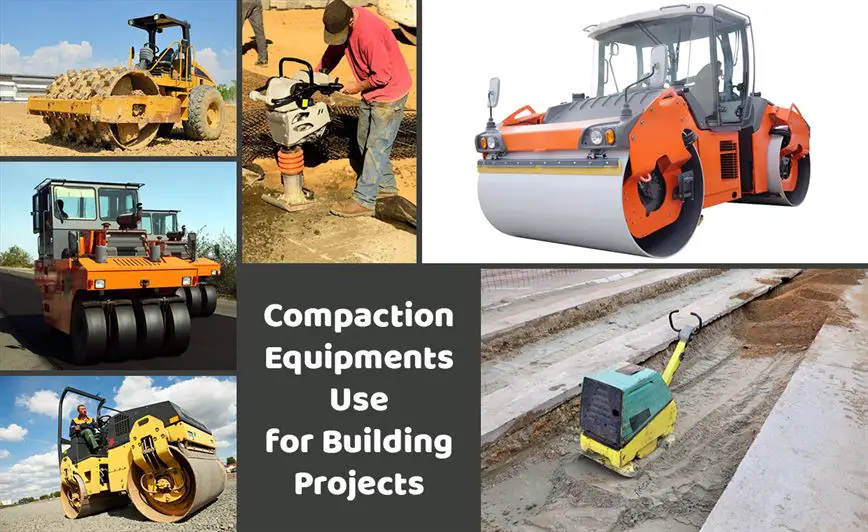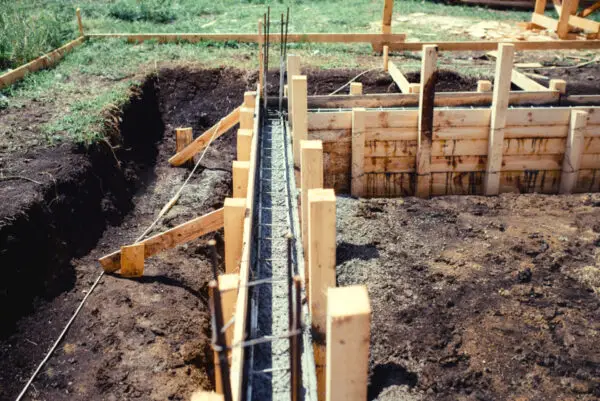Construction projects require a wide range of heavy machinery and equipment to excavate, lift, move, and place materials efficiently. Choosing the right construction equipment is vital for civil engineering firms to execute projects safely, on budget, and on schedule.
This in-depth guide will cover:
- Major types of construction equipment and their uses
- Top construction equipment manufacturers
- New and used equipment purchasing
- Rental equipment options
- Equipment operation and maintenance best practices
Whether you’re looking to buy or rent equipment for an upcoming project or just want to learn more about these massive machines, this overview will get you up to speed on the essential role of construction equipment in civil engineering and construction.
Types of Construction Equipment
There are several major categories of heavy construction equipment that perform specialized functions on job sites. Each has different capabilities to suit varying tasks.
Excavation and Loading Equipment
Excavators, backhoes, loaders, and bulldozers prepare the site by digging, lifting, and moving earth, rocks, and debris.
- Excavators – Used to dig trenches, lift materials, and place pipes/utilities in holes. Different sizes for depth and reach needs.
- Backhoes – Combination excavator and loader for digging, scooping, and backfilling trenches. Useful for utility and pipeline jobs.
- Bulldozers – Heavily armored tractors that push and scrape large amounts of dirt or rubble. Essential for grading and leveling sites.
- Loaders – Scoop/bucket on the front lifts and loads materials like dirt, gravel into dump trucks for removal.

Material Handling Equipment
Cranes, conveyors, and forklifts move materials and structures efficiently around the construction site.
- Tower Cranes – Fixed or mobile cranes with long booms used to lift, lower, and position items. Essential for lifting concrete, steel, large components.
- Material Lifts – Used to raise workers, tools, and materials to upper levels during construction and exterior work. Includes boom lifts and scissor lifts.
- Conveyors – Transport bulk materials like gravel, sand, wood chips from delivery to storage/placement. Speed up on-site material handling.
- Forklifts – Used to lift, stack, and move palletized materials and delivery items around the site. Help organize yard and storage.
Compaction Equipment
Rollers, compactors, and pavers help densify and finalize the ground and materials after grading.
- Rollers – Flatten, pack down, and compact soil, gravel, asphalt, and concrete. Ride on top to smooth the surface. Used on roads, dam faces, landfills.
- Rammers – Handheld pneumatic compactors that densify materials in tight spaces. Helpful for backfill, trenches, and foundations.
- Pavers – Lay down asphalt and concrete evenly, then use attached screed to achieve proper leveling and thickness. Speed road/runway builds.

Heavy Construction Vehicles
Dump trucks, tractor trailers, and concrete mixers transport loose materials around the site and from/to offsite locations.
- Dump Trucks – Haul loose materials like dirt, gravel, demolition debris to/from earthwork areas, landfills, supply depots.
- Concrete Mixer Trucks – Mix concrete en route to the site, ensuring it’s workable upon arrival for pouring forms/foundations. Can pump directly.
- Tractor Trailers – Carry heavy construction equipment, materials, and supplies to site from vendors/warehouses. Essential for delivery logistics.
Top 10 Construction Equipment Manufacturers
While there are scores of companies that produce construction equipment, these 10 global manufacturers lead the market across multiple categories:
- Caterpillar
- Komatsu
- Liebherr
- Hitachi
- Volvo Construction Equipment
- Deere & Company
- Doosan Infracore
- JCB
- CNH Industrial
- SANY
These established brands produce a wide range of reliable excavators, loaders, cranes, and other equipment commonly found on construction sites. Many offer financing plans and equipment rentals alongside sales.
While price and availability ultimately drive purchase decisions, you can’t go wrong investing in heavy equipment from these industry-leading manufacturers.
Important Construction Equipment Cost Considerations
Purchasing construction equipment represents a major capital expenditure for any contractor or civil engineering firm. Beyond simply comparing specs and capabilities, it’s crucial to analyze the total cost of ownership before buying.
Key factors to consider:
- Acquisition Costs – The purchase price, freight, preparation, taxes, and documentation fees. Buying used can help reduce initial outlay.
- Operating Costs – Fuel consumption, maintenance, repairs. Varies by type of equipment and intensity of use.
- Productivity – Output and performance to quantify production value recaptured from the equipment. Balance with operating costs.
- Lifespan – Estimate total working years left for used equipment. New options offer longer viability.
- Resale Value – Projected residual value at equipment retirement to offset replacements. Rapid technology changes can accelerate depreciation.
- Finance Terms – If financing, compare rates/terms across lenders. 0% deals from manufacturers or short-term bank loans can ease capital burdens.
While not exhaustive, modeling these elements will provide data-driven guidance for optimal equipment investments.
Buying New Construction Equipment
Purchasing new heavy equipment comes with advantages like the latest technologies, full warranties, and customization. But it requires high upfront capital.
New Equipment Purchase Checklist:
- Compare capabilities and specs across manufacturers
- Select optimal sizes/configurations for intended work
- Negotiate pricing and financing terms with dealers
- Review total cost of ownership projections
- Inspect equipment on delivery for flaws
- Perform break-in maintenance as recommended
New equipment provides predictable performance since hours and wear are minimal. But the higher sticker price can deter buyers. Weigh total life cycle costs against needs.
Buying Used Construction Equipment
Used equipment costs significantly less upfront but may have higher operating costs. Still, it’s an affordable way to expand capabilities.
Tips for Used Equipment Purchases:
- Search auction/liquidation listings as well as dealers
- Inspect thoroughly, get maintenance records
- Verify major repairs/component rebuilds were done
- Focus on equipment with 50-80% life remaining
- Negotiate price based on condition and age
- Purchase from reputable dealers that stand behind used sales
Buying older workhorses still capable of heavy usage can maximize value. Monitor oil, filters, tires, and repairs closely to avoid unplanned downtime.
Construction Equipment Rental Options
Renting equipment provides flexibility in scaling fleet size for job needs without huge capital outlays.
Benefits of Construction Equipment Rentals:
- Meet temporary project requirements
- Handle jobs involving specialty equipment
- Eliminate storage/maintenance during downtimes
- Flexibility to try different brands and models
- Pay only for the rental term needed
- Grow your capabilities without expanding fleet
Use short-term rentals to cover peak demands and complement owned equipment. Compare rental rates across national chains and local suppliers for the best deals.
Operation and Maintenance Best Practices
Proper operation and preventative maintenance are key to maximizing utility from construction equipment while minimizing downtimes. Follow these best practices:
- Select operators carefully based on skill/experience. Provide training on new equipment.
- Follow recommended operation procedures in manuals for each machine. Perform walkaround inspections before startup daily.
- Shut down properly to avoid overheating and wear. Refuel and lubricate as scheduled.
- Address any mechanical defects immediately to avoid bigger problems. Monitor filter conditions.
- Keep detailed maintenance logs to track issues and repairs. Identify recurring problems.
- Perform preventative maintenance like oil changes, fluid flushes, component replacements per usage hours, not calendar days.
- Store equipment properly during downtimes and bad weather. Use covers, raise off ground, and add stabilizers.
Implementing robust operation and maintenance protocols will deliver years of reliable service from your construction equipment fleet.
Conclusion
From excavators and backhoes to cranes and concrete mixer trucks, construction equipment encompasses a diverse range of heavy machinery with specialized functions. Optimizing your fleet mix while implementing cost-effective acquisition strategies is crucial for civil engineering project success.
This overview of major equipment types, top brands, purchasing considerations, rentals, and maintenance best practices provides a blueprint for integrating construction equipment into your work. As projects grow more complex, having the right equipment fleet will boost productivity, efficiency, and site capabilities.






